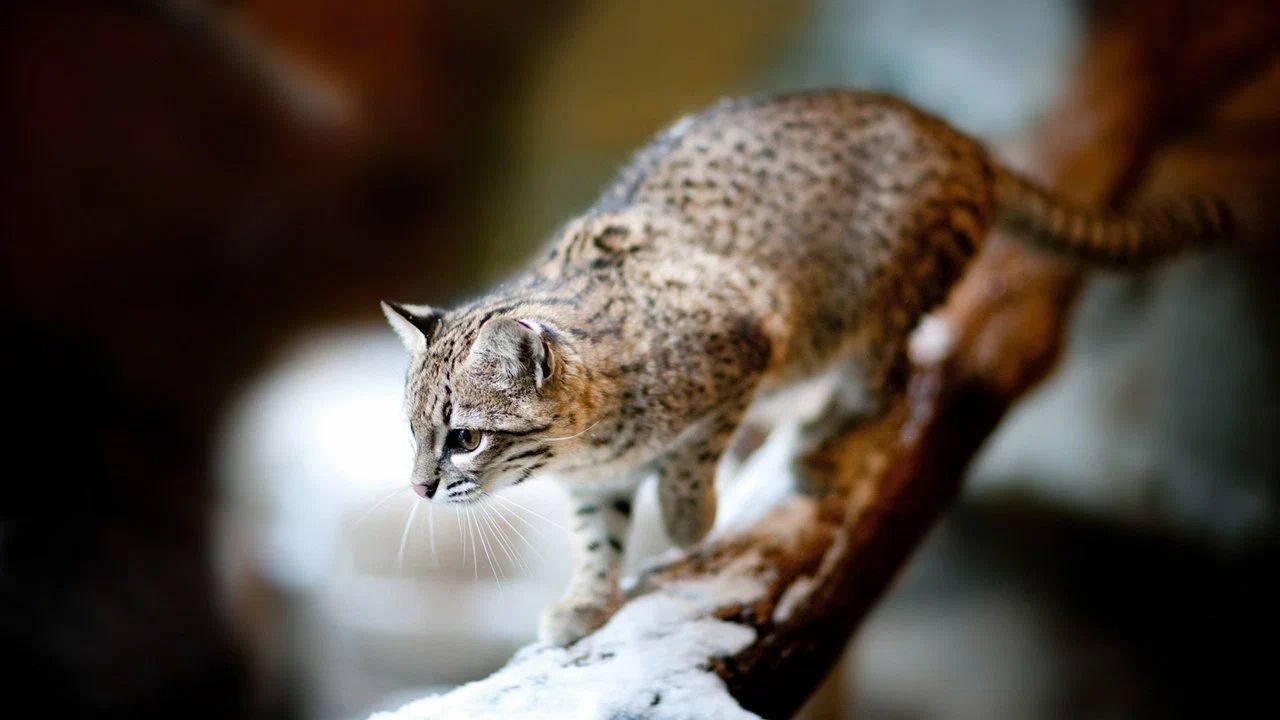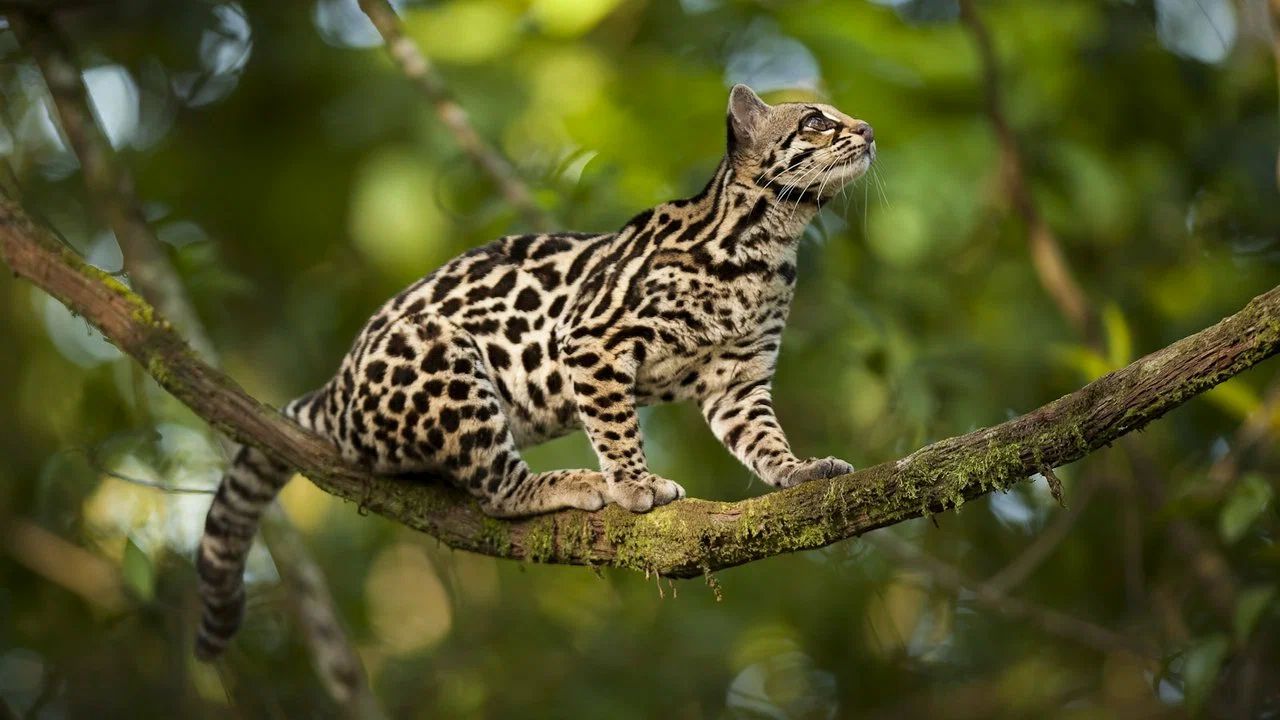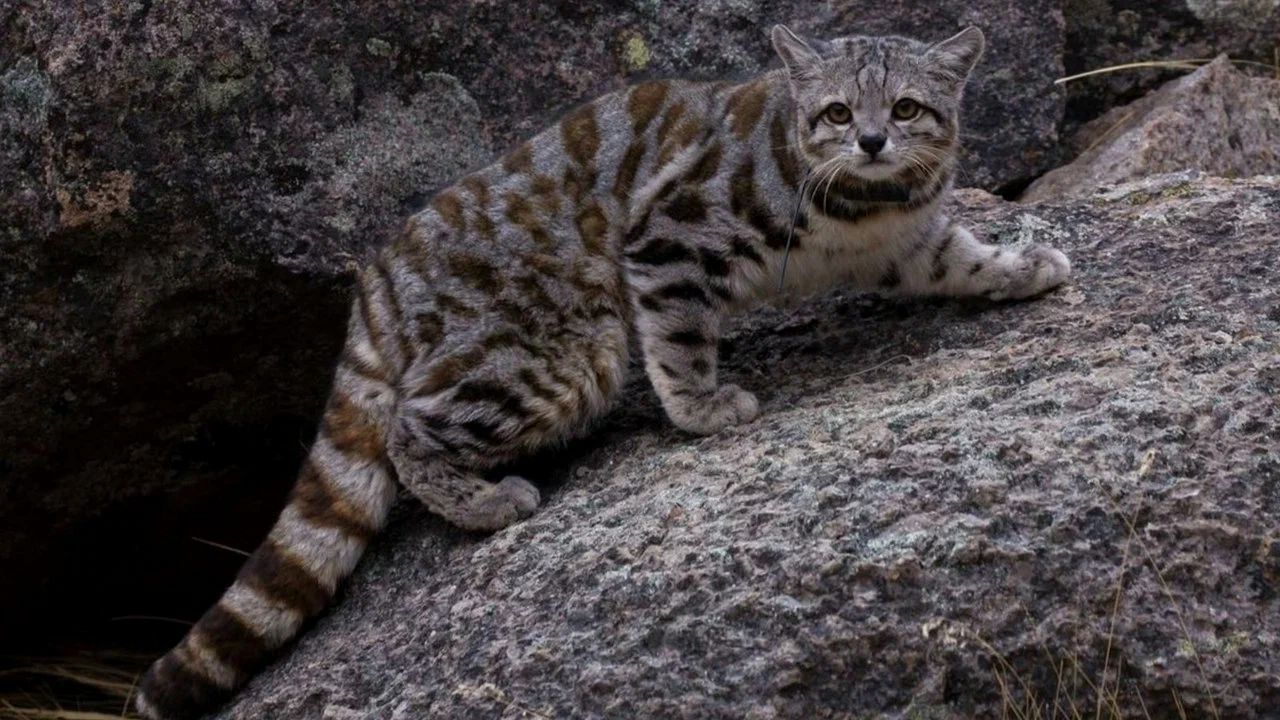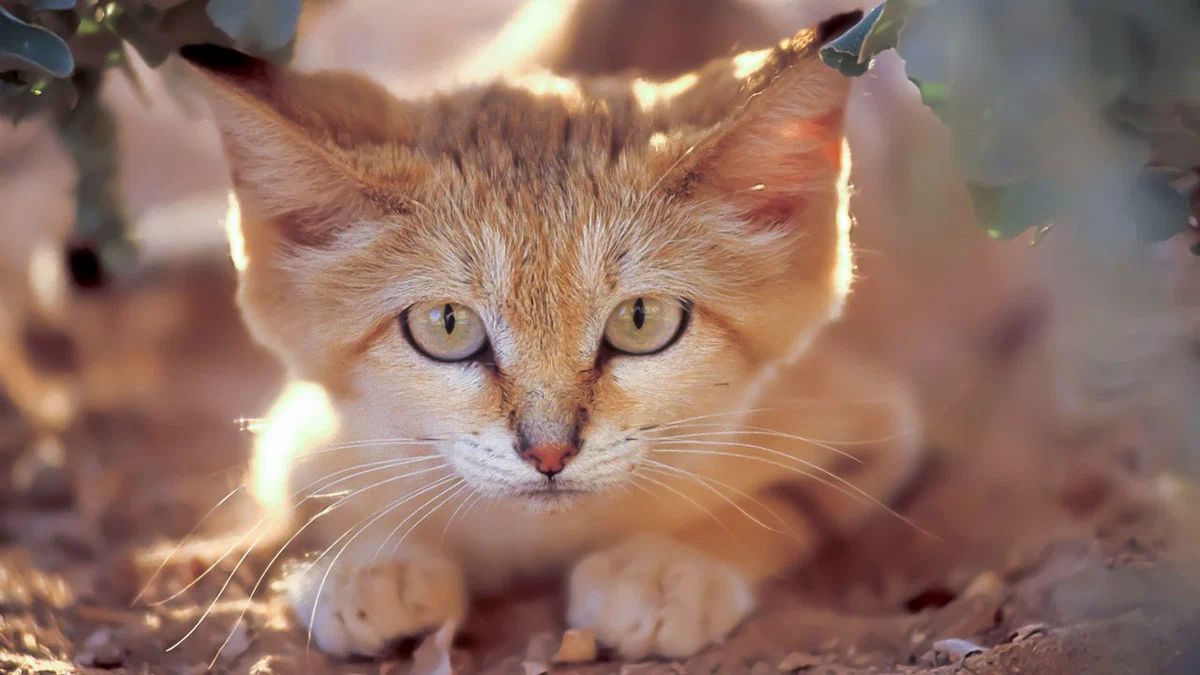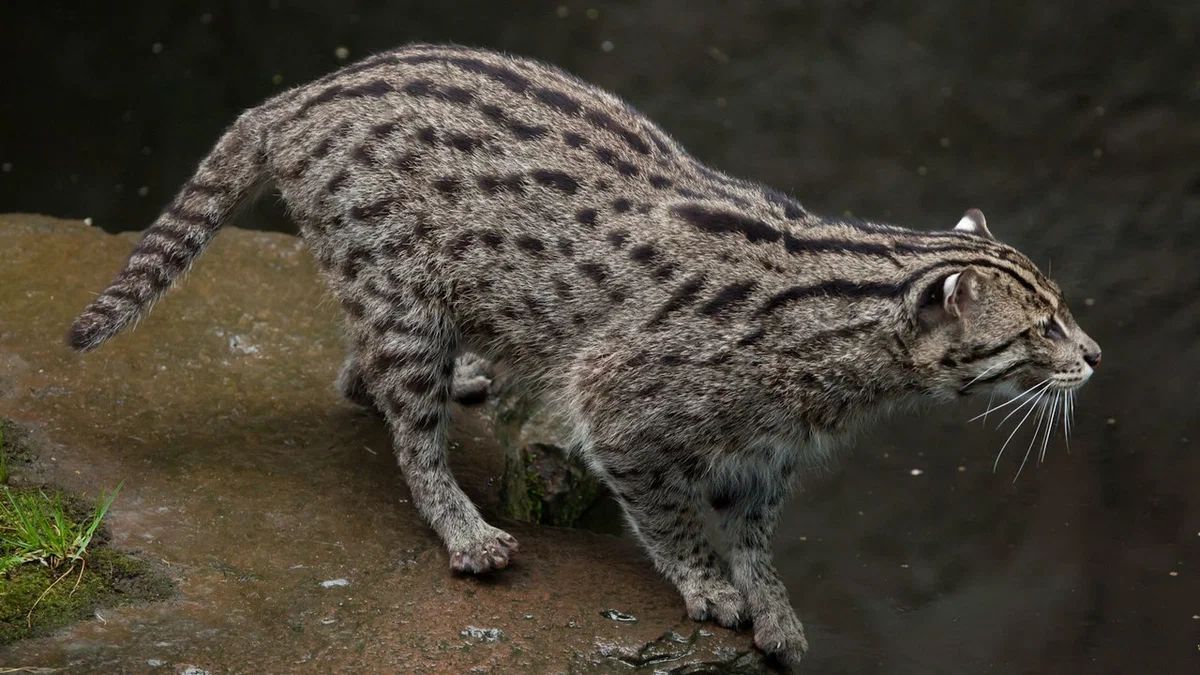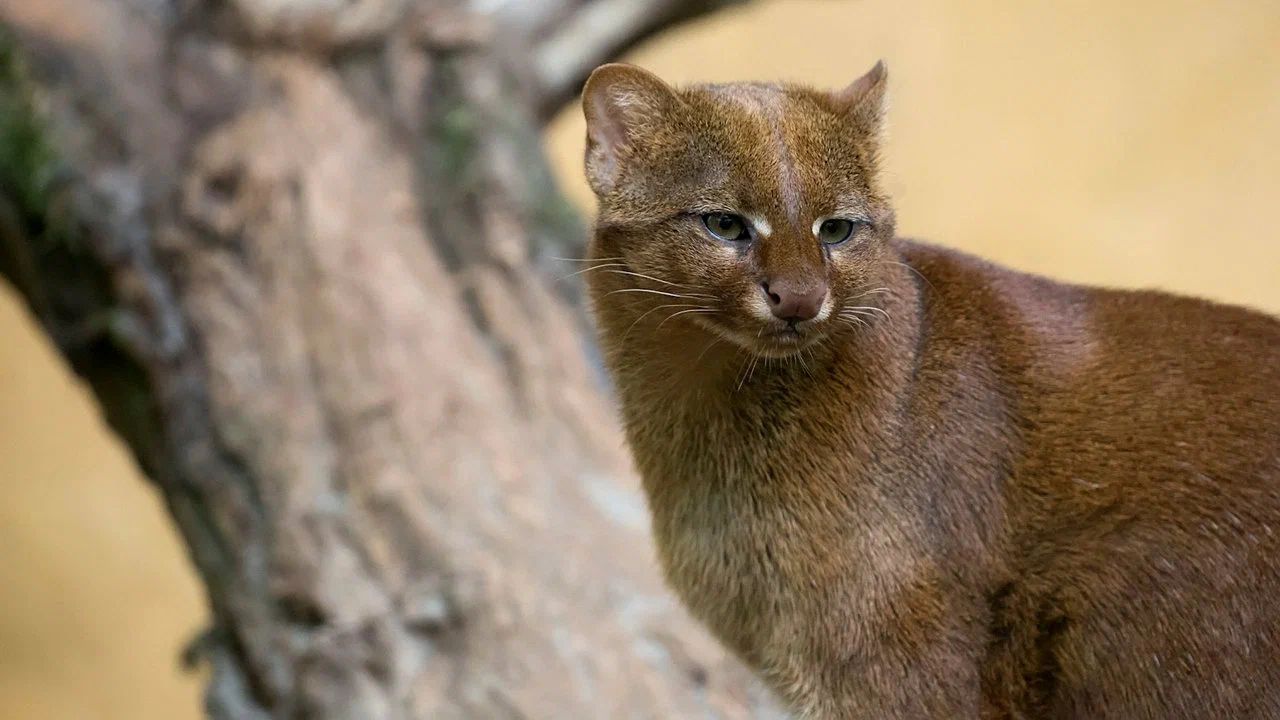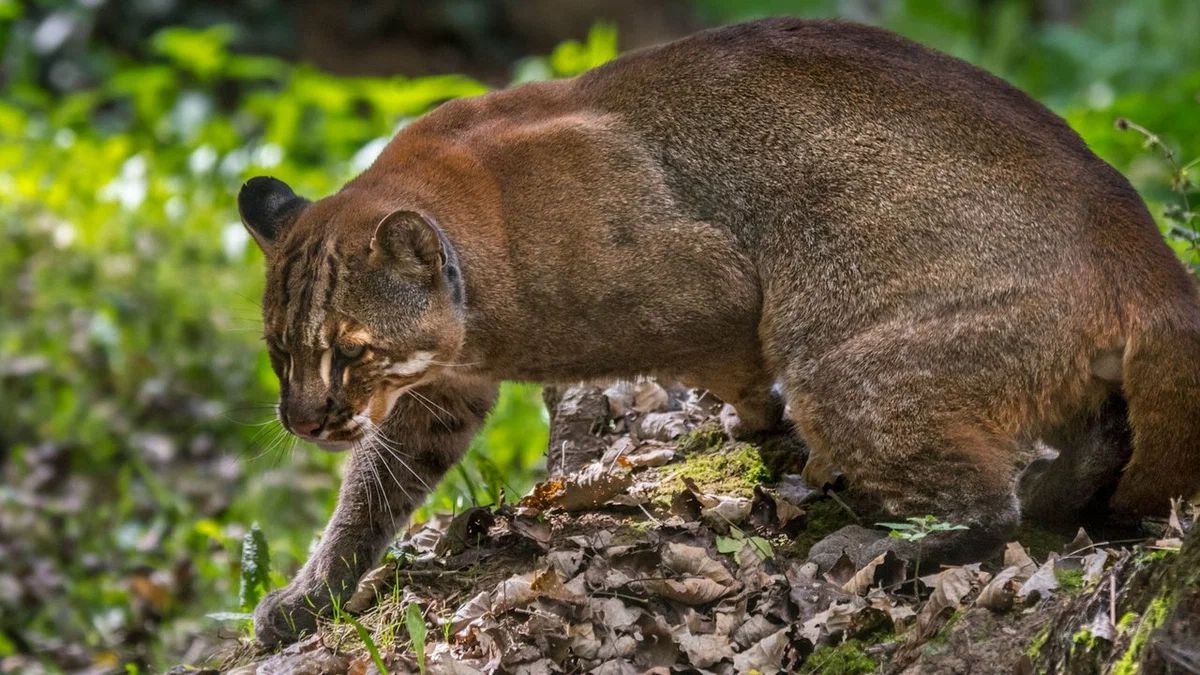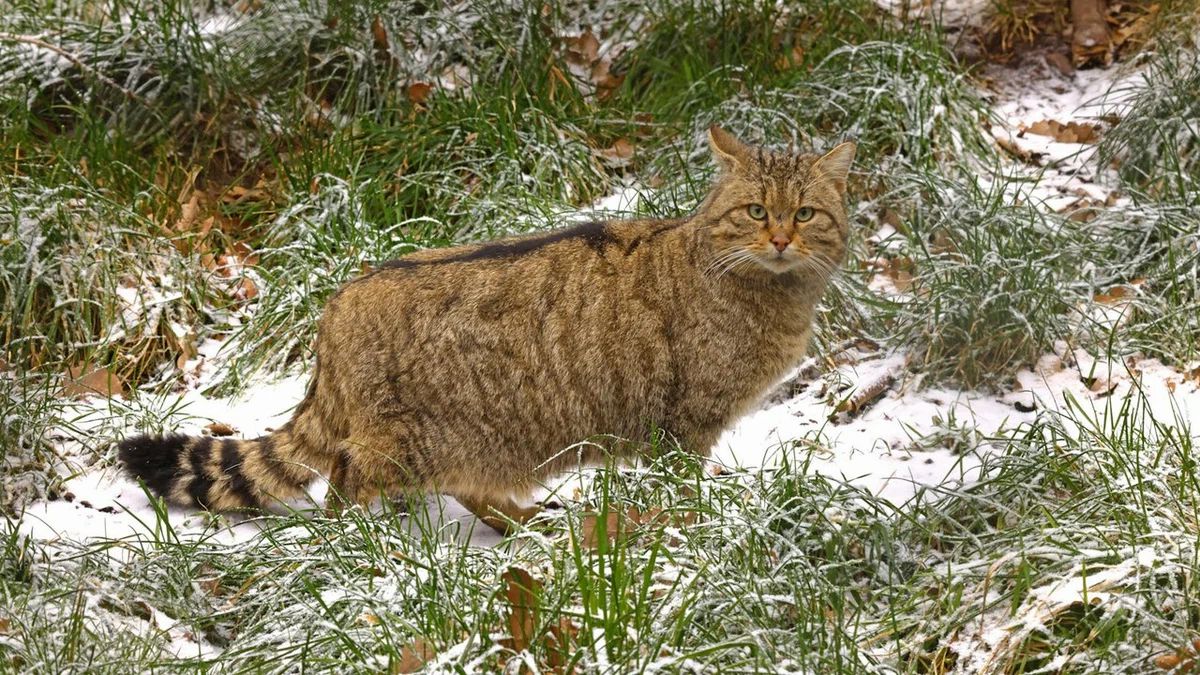The Beautiful Cats You’ve Never Heard Of
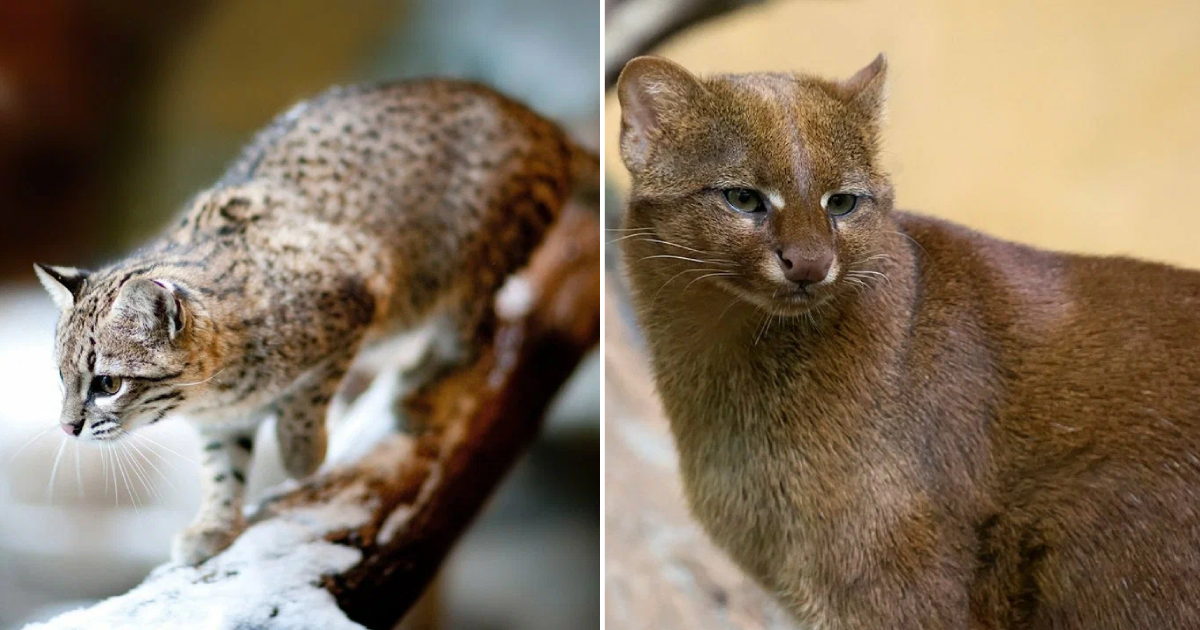
Oncilla
The Oncilla, also known as the little jaguar, bears a striking resemblance to its larger counterpart. In terms of size, it is slightly smaller than a domestic cat, with a large male weighing no more than three kilograms.

Oncillas inhabit subtropical regions and lead a solitary lifestyle. They hunt at night and rest during the day, hiding in bushes and tree canopies. This cat species remains largely unstudied.
Geoffroy’s Cat
Geoffroy’s Cat closely resembles a domestic cat, but its fur color resembles that of a leopard. These animals prefer to live in forests and woodland areas. Geoffroy’s Cats are known for their resourcefulness: when they catch a large prey, they store food reserves in tree branches or bury them in the ground.
Currently, these cats are under protection. The production of fur products from these animals once endangered their population. However, such practices are now banned, allowing Geoffroy’s Cats to peacefully thrive in the wild.
Margay
The Margay, or long-tailed cat, is an elegant creature that spends a significant amount of time in trees. Margays possess dense, soft fur, long flexible fingers on their paws, and large eyes resembling those of the feline character in the Shrek movies. However, their charming appearance can be deceiving, as Margays are serious predators, feeding on birds, squirrels, and even small monkeys.
Andean Mountain Cat
The Andean Mountain Cat is an extremely rare member of the feline family, with only around two thousand remaining on Earth. Their population decline can be attributed to local superstitions. In ancient times, the appearance of these beautiful creatures near hunting grounds was considered a bad omen, leading indigenous people to capture them, thereby reducing their numbers.
The remaining Andean Mountain Cats inhabit the mountains, where water is scarce and obtaining food can be quite challenging.
Sand Cat
At first glance, the Sand Cat bears some resemblance to the fennec fox, but it is indeed a true cat. It leads a nocturnal lifestyle, sleeping for long periods and primarily preying on small rodents.
However, these cats are not to be underestimated. In addition to hunting sand rats and jerboas, they also prey on desert hares and snakes. Sand Cats fearlessly confront jackals and wild birds that attempt to attack them.
Temminck’s Cat
This predator received its name in honor of a Dutch naturalist who first described it in 1827. Temminck’s Cat inhabits subtropical and tropical forests in Asia. It is easily recognizable by the white lines bordered by black stripes on its face.
Temminck’s Cats are known for their diurnal lifestyle and their ability to prey on a wide range of animals, from lizards to wild boars.
Fishing Cat
As the name suggests, the Fishing Cat is famous for its ability to catch fish and its proficiency in swimming. These animals are incredibly strong, with jaws as powerful as those of pit bull terriers.
They possess webbed front paws that assist them in catching fish, crabs, frogs, and other aquatic creatures.
Fishing Cats are not to be regarded as adorable creatures alone. In one instance, a male Fishing Cat held in captivity escaped from its enclosure, entered a leopard’s enclosure, and attacked the larger predator.
Jaguarundi
The Jaguarundi bears a closer resemblance to a weasel or mink than a typical cat. It has an elongated body, a long slender tail, short reddish or brownish fur, small ears, and a short snout.
They inhabit Central and South America, lead a solitary lifestyle, and possess excellent climbing and swimming abilities. Jaguarundis feed on small mammals, birds, and fish.
Golden Cat
The Golden Cat can be found in the humid tropical forests of equatorial Africa. It is twice the size of a domestic cat and somewhat resembles the Temminck’s Cat. However, research has shown that they belong to different species.
Golden Cats feed on small rodents, birds, small primates, and even dwarf antelopes. These animals hunt at night and rest on tree branches during the day.
Wildcat
The Wildcat, also known as the European Wildcat, bears the closest resemblance to our beloved domestic pets. However, it is a cunning and agile predator capable of eluding any pursuer.
The main dish on the Wildcat’s menu consists of field mice and small birds. However, they have been known to catch fish, raid nests for eggs, and even hunt hares.
These cats possess a hidden beauty, showcasing the diversity and remarkable adaptations found in the feline world. While our attention is often drawn to the more familiar breeds, let us not forget the extraordinary and captivating beauty of these lesser-known wild cats.
